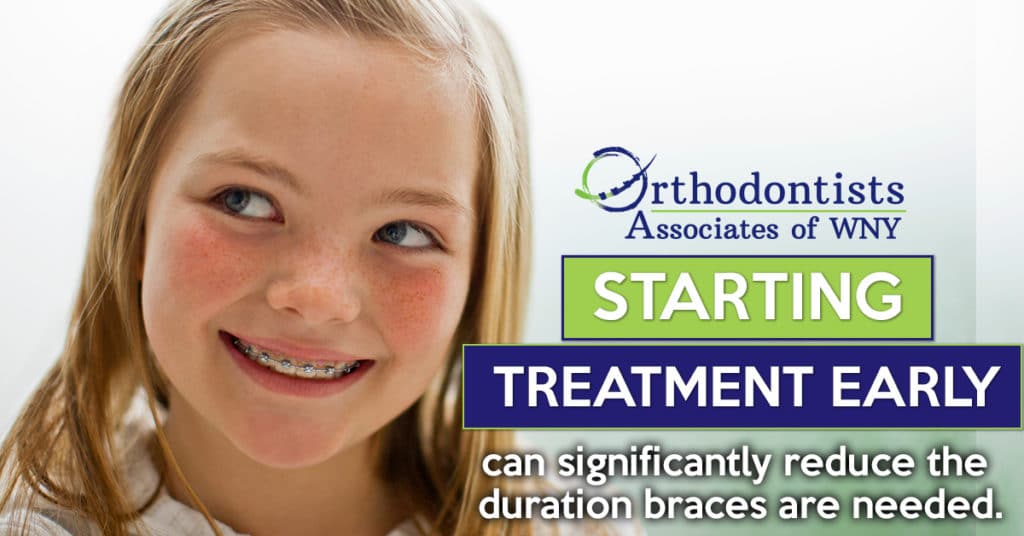The Greatest Guide To Legacy Orthodontics
The Greatest Guide To Legacy Orthodontics
Blog Article
Some Ideas on Legacy Orthodontics You Need To Know
Table of ContentsThe 6-Second Trick For Legacy OrthodonticsLegacy Orthodontics Things To Know Before You BuyThe Best Strategy To Use For Legacy OrthodonticsA Biased View of Legacy OrthodonticsRumored Buzz on Legacy Orthodontics
In enhancement, we offer adjustable treatment routines, flexible settlement alternatives and an enjoyable, pleasurable experience.An orthodontist is a dental professional trained to diagnose, protect against, and deal with teeth and jaw irregularities. They remedy existing conditions and are trained to recognize troubles that may establish in the future. Orthodontists deal with individuals of all ages, from kids to adults. People usually associate a perfect smile with great health and wellness.
Malocclusion, or misaligned teeth, can result in oral concerns, including dental cavity, periodontal condition, and challenging or painful eating. But not everybody is birthed with straight teeth. If you have a poor bite or large rooms in between your teeth, you might intend to consult a dental practitioner specializing in orthodontic care.
The Ultimate Guide To Legacy Orthodontics
( Picture Credit Report: DigitalVision/Getty Images) Orthodontists use taken care of and removable oral tools, like braces, retainers, and bands, to change the setting of teeth in your mouth. Orthodontic therapy is for dental irregularities, consisting of: Uneven teethBite issues, like an overbite or an underbiteCrowded teeth or teeth that are also far apartJaw misalignmentThe objective of orthodontic therapy is to enhance your bite.
A healthy bite guarantees you can eat, chew, and speak correctly. While you could consider orthodontists as generally for youngsters or young adults who need braces, they can deal with dental troubles at any age. Orthodontists participate in college, oral college, and orthodontic school. After graduation, they spend 2 or 3 years in an orthodontic residency program.
All orthodontists are dentists, but not all dental experts are orthodontists. Orthodontic residency programs use extensive, concentrated guideline for dental experts. They focus on two areas: How to properly and safely move teeth Just how to effectively lead development in the teeth, jaw, and faceOnce an orthodontist has completed training, they have the choice to come to be board licensed.
The Ultimate Guide To Legacy Orthodontics
Misalignment, or malocclusion, is the most typical reason people see an orthodontist. It is genetic and is the result of dimension differences between the upper and reduced jaw or between the jaw and teeth. Malocclusion results in tooth overcrowding, an askew jaw, or uneven bite patterns. Malocclusion is usually treated with: Your orthodontist attaches steel, ceramic, or plastic square bonds to your teeth.
If you have just small malocclusion, you may be able to make use of clear dental braces, called aligners, as opposed to conventional braces (https://www.twitch.tv/legacyortho/about). Some people need a headgear to help move teeth right into line with pressure from outside the mouth. After dental braces or aligners, you'll require to put on a retainer. A retainer is a custom device that keeps your teeth in location.
They're frequently used on kids. They can develop additional area in the mouth without having to pull teeth. If you have a major underbite or overbite, you may require orthognathic surgery (likewise called orthodontic surgical procedure) to extend or reduce your jaw. Orthodontists utilize wires, medical screws, or plates to support your jaw bone.
You might require to see an orthodontist if you have: Crowding or not sufficient room for every one of your teethOverbite, when your top teeth come by your base teethUnderbite, when your base teeth are as well much forwardSpacing or problems with gapsCrossbite, which is when your upper teeth fit behind your bottom teeth when your mouth is closedOpen bite or an upright space in between your front base and top teethMisplaced midline, when the facility of your bottom and top teeth don't line up Dealing with a dental malocclusion can: Make attacking, eating, and talking easierImprove the proportion of our face and your overall appearanceEase pain from temporomandibular joint conditionsSeparate your teeth and make them simpler to clean up, helping avoid tooth degeneration or cavities It's often a dental expert who first notifications misaligned teeth during a routine examination.
All about Legacy Orthodontics

During your first orthodontic examination, you'll likely have: A dental examPhotos taken of your face and smileDental X-raysPanoramic (360 level) X-rays of your face and headImpressions to develop molds of your teethThese examinations will certainly aid your orthodontist know exactly how to continue with your treatment. invisalign. An orthodontist is a dental professional who's had training to treat your teeth and look at here jaw
An orthodontist is focused on your bite, so something like a cracked tooth would be dealt with by a dental expert. Orthodontists are concentrated on your bite, or the way your teeth fit with each other, and the straightness of your teeth.
Ever questioned how stars always appear to have flawlessly lined up teeth? Orthodontists are dental specialists who concentrate on dealing with irregularities in the teeth and jaws.
Rumored Buzz on Legacy Orthodontics

While dental braces are one of the most frequently identified orthodontic therapy, orthodontists have a diverse toolkit at their disposal. The details method chosen depends on the extent of the instance, the client's age, and private choices. These reliable braces utilize a system of brackets bonded to the teeth and linked by cables.
Clear aligners, like Invisalign, are a prominent option for individuals seeking a more discreet treatment option. These removable trays are tailor-made to gradually move the teeth's setting. Headwear may be used together with braces or aligners to apply added targeted forces, particularly for dealing with jaw discrepancies. In cases of slim jaws, palatal expanders can be utilized to produce area for appropriate tooth positioning.
Report this page